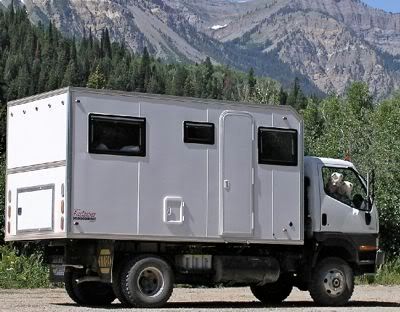Although I stand to be corrected I think you will find a large weight advantage of aluminum over steel. The critical factor here is whether the structure will need to flex or not. If it does need to flex then 3x more aluminum is required and since it is a third the weight of steel it has no weight advantage BUT if the structure does not need to flex then you should achieve al least a saving of at least 35-45% in weight to get the same or comparable strength from steel. This is a massive saving in my opinion.
The marine industry make this comparison all the time Quote -
from this website -http://www.kastenmarine.com/alumVSsteel.htm
"Built to the Same Standard
An aluminum hull structure, built to the same standards, weighs roughly 35% to 45% less than the same hull in steel. As a result, if high strength is of the highest priority, the alloy boat can be built to the same structural weight as the steel vessel, and then be considerably stronger.
This is less of an issue for larger vessels which are able to carry the necessary displacement for whatever materials choice is made. For smaller vessels however, the weight of the hull structure is very much an issue. For a small cruising vessel, say under around 35 feet or so, steel becomes less optimum, as one must resort to a large water plane and a large displacement to carry the weight of the structure.
When alloy is designed to the same standards as steel (ABS, Lloyds or other similar classification society), it is made to be higher in overall strength. The reason for this is that aluminum reaches its "endurance limit" sooner than steel in terms of flexure. Therefore the rigidity of structure (deflection) becomes the limiting design criteria for an aluminum structure, and this forces a higher than necessary overall yield and tensile strength.
With steel, one designs to the yield point of the material instead, since for steel, flexure and rigidity are not ordinarily a limiting issue. For steel therefore, the yield point of an "equivalent" structure will be considerably less, as we will see.
One advantage of steel is that between the yield point of mild steel (around 36,000 psi) and the ultimate tensile failure point (around 60,000 psi) there is quite a large plastic range (around 24,000 psi or roughly 40% of the ultimate strength), permitting a steel vessel to endure deflection without failure, so permitting considerable ability to absorb energy. "


